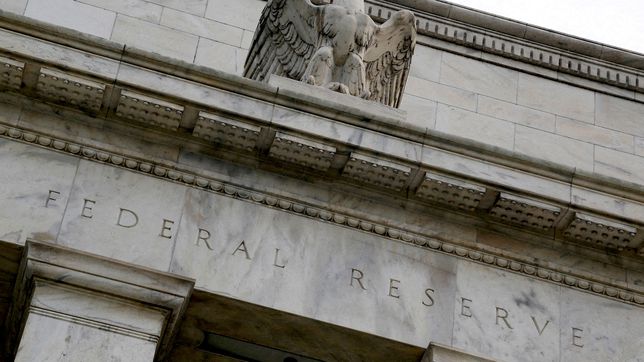Relief checks live updates: debt ceiling, social security payments, Davos World Economic Forum

Debt ceiling: what’s it all about?
Across this week we’re going to be discussing aspects related to the US debt ceiling so, in case you’re not au fait with the term, here’s a little summary.
The debt ceiling is a legislative limit on the amount of national debt that the United States government is authorized to borrow. It is, effectively, intended to ensure that the government does not spend more than it can afford, but it has been a source of political controversy in recent years as lawmakers debate whether or not to raise the limit.
The debt ceiling does not limit the amount of money the government can spend, but rather the amount it can borrow to finance that spending. The United States Congress has the power to raise or lower the debt ceiling, and it has been raised many times in the past.
You could say it’s like a credit card limit for the government. Just like you have a limit on how much money you can borrow on your credit card, the government also has a limit on how much money it can borrow. Sometimes they raise it because the government needs to borrow more money to pay for things like schools, roads, and the military. It has caused some problems in the past when Congress doesn’t agree — yeah, that happens quite a bit — on whether or not to raise it.
Since the modern debt ceiling was first established in 1917, Congress has raised the limit more than 100 times. The frequency of increases has varied over time, with some periods seeing multiple increases in a single year and others going several years without any change.
A government shutdown or defaults on debt payments are what we all want to avoid.






